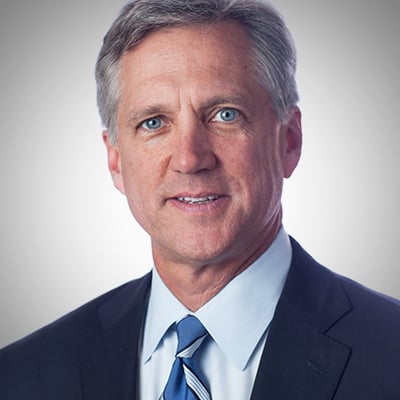

A combination of inspiration, good timing and compassion has been the recipe for Captrust’s stunning growth as an aggregator of retirement plan advisers and, more recently, retail advice practices.
Co-founder and CEO Fielding Miller, noticing the high administrative turnover among companies setting up retirement plans for their employees, began offering fee-based consulting work in this area in 1988. It was a risky move: leaving successful work as a stockbroker to start from zero as a specialized practice within the brokerage house Interstate/Johnson Lane Inc. (later acquired by Wachovia Corp.). But he believed in the idea of “being on the same side of the table as the client.”
In 1997, the practice became a full-blown division, which spun out on its own in 2002. By 2007, assets under administration had reached $19 billion, helped greatly by the Sarbanes-Oxley Act of 2002, which required corporations to improve financial disclosures and suddenly put third-party advisers like Captrust in huge demand.
The firm’s current assets under administration in retirement plans total $285 billion and its wealth management business has AUM of $15 billion, largely as a result of an aggressive acquisition strategy.
“The vast majority of our success is due to our culture,” Mr. Miller said.
The culture combines his belief in a 1990s business philosophy espousing a focus on “significance” versus success, and on a deep sense of compassion that Mr. Miller said he developed during his teen years working on a furniture-loading dock alongside blue-collar workers.
“The success started pouring in because we were not just taking care of clients but also their employees and communities,” he said. “We put a great deal of effort into making sure we are all aligned and focused on the same goal. I want to be big, but not at the expense of our mission.”

Plus, a $400 million Commonwealth team departs to launch an independent family-run RIA in the East Bay area.

The collaboration will focus initially on strategies within collective investment trusts in DC plans, with plans to expand to other retirement-focused private investment solutions.

“I respectfully request that all recruiters for other BDs discontinue their efforts to contact me," writes Thomas Bartholomew.

Wealth tech veteran Aaron Klein speaks out against the "misery" of client meetings, why advisors' communication skills don't always help, and AI's potential to make bad meetings "100 times better."

The proposed $120 million settlement would close the book on a legal challenge alleging the Wall Street banks failed to disclose crucial conflicts of interest to investors.
Orion's Tom Wilson on delivering coordinated, high-touch service in a world where returns alone no longer set you apart.
Barely a decade old, registered index-linked annuities have quickly surged in popularity, thanks to their unique blend of protection and growth potential—an appealing option for investors looking to chart a steadier course through today's choppy market waters, says Myles Lambert, Brighthouse Financial.
